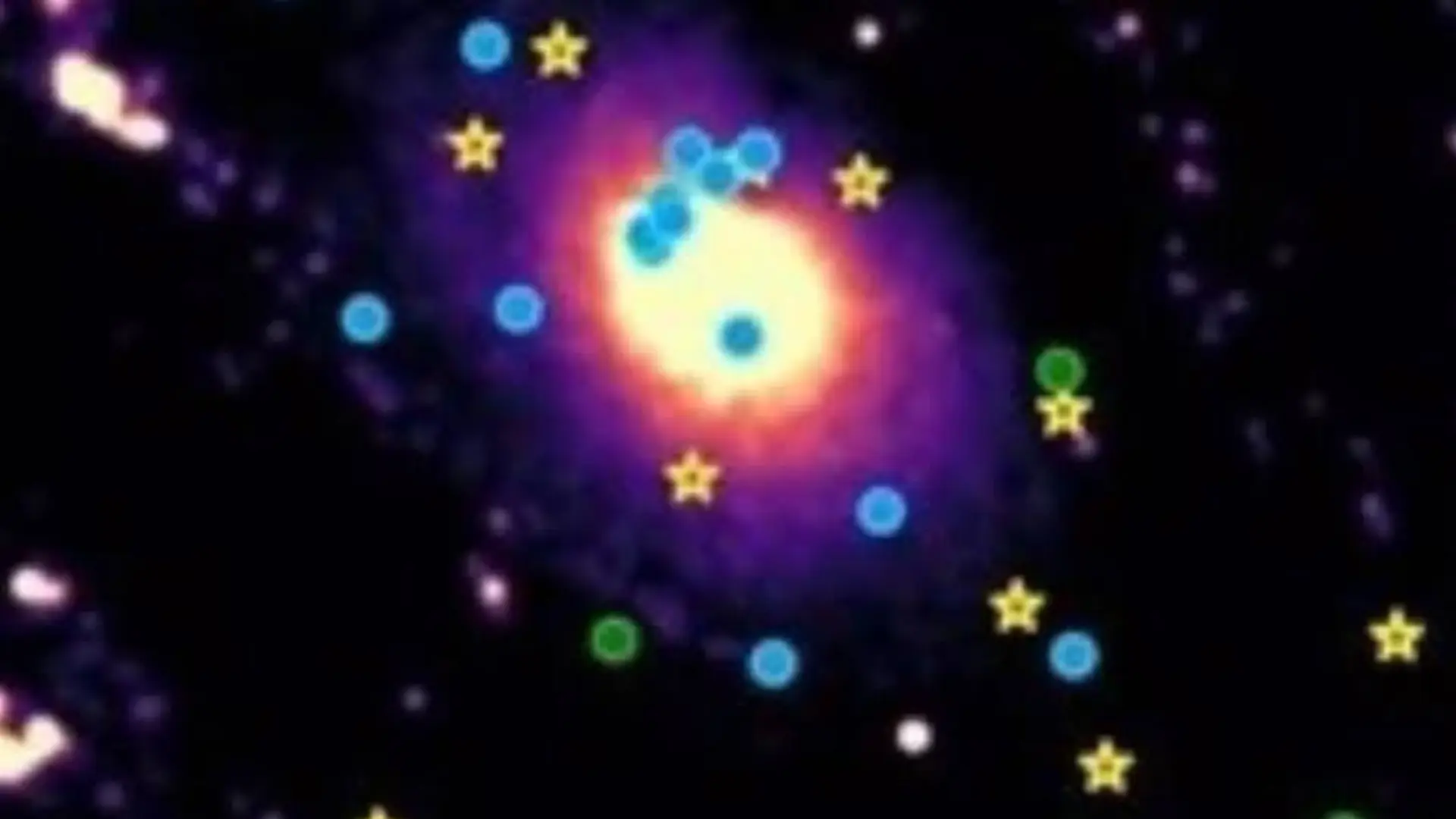Astronomers from the Indian Institute of Astrophysics (IIA) have achieved a groundbreaking discovery by detecting far-ultraviolet (FUV) emissions from novae in the Andromeda galaxy, marking the first such observation.
Novae are dramatic outbursts that occur in binary star systems, where a dense white dwarf star pulls matter from a Sun-like companion. Over time, this material accumulates on the white dwarf’s surface, triggering a thermonuclear explosion that results in a sudden brightening of the system.
The IIA team, led by PhD student Judhajeet Basu, used data from the Ultraviolet Imaging Telescope (UVIT) aboard India’s AstroSat satellite to identify ultraviolet emissions from 42 novae, including four during their eruption. AstroSat, India’s first dedicated space observatory, played a pivotal role in capturing these transient astronomical events.
“UVIT’s exceptional ability to observe far- and near-ultraviolet wavelengths with fine resolution allowed us to investigate accretion disks around white dwarfs,” said Basu. “These disks, formed from matter pulled from the companion star, provide crucial insights into the buildup of material leading to a nova eruption.”
The researchers also observed a period of dimming, described as the “calm before the storm,” when the accumulated material temporarily blocks radiation before the explosion. The team’s efforts required advanced image processing techniques to confirm the novae in Andromeda’s bright central region, located 2.5 million light-years away.
According to the study, published in the *Astrophysical Journal*, these findings enhance understanding of interacting binary star systems at different stages of their evolution. Some of these systems are in the process of accumulating matter, while others eject it into space during explosive outbursts.
“The brighter the accretion disk, the faster it consumes the companion’s matter,” Basu explained. “We also studied how the ultraviolet flux from these disks changes over time, finding that the accretion process remains stable in these systems.”
The discovery underscores the importance of ultraviolet and X-ray observations for advancing the study of stellar evolution and galactic chemistry. With this achievement, India’s AstroSat and its UVIT instrument have once again demonstrated their capabilities in revealing the secrets of the universe.
The research team included scientists from IIA, Pondicherry University, and Amrita University, highlighting collaborative efforts in pushing the boundaries of astrophysical research.
ALSO READ: Mini Black Holes May Be Passing Through Earth, Scientists Says























